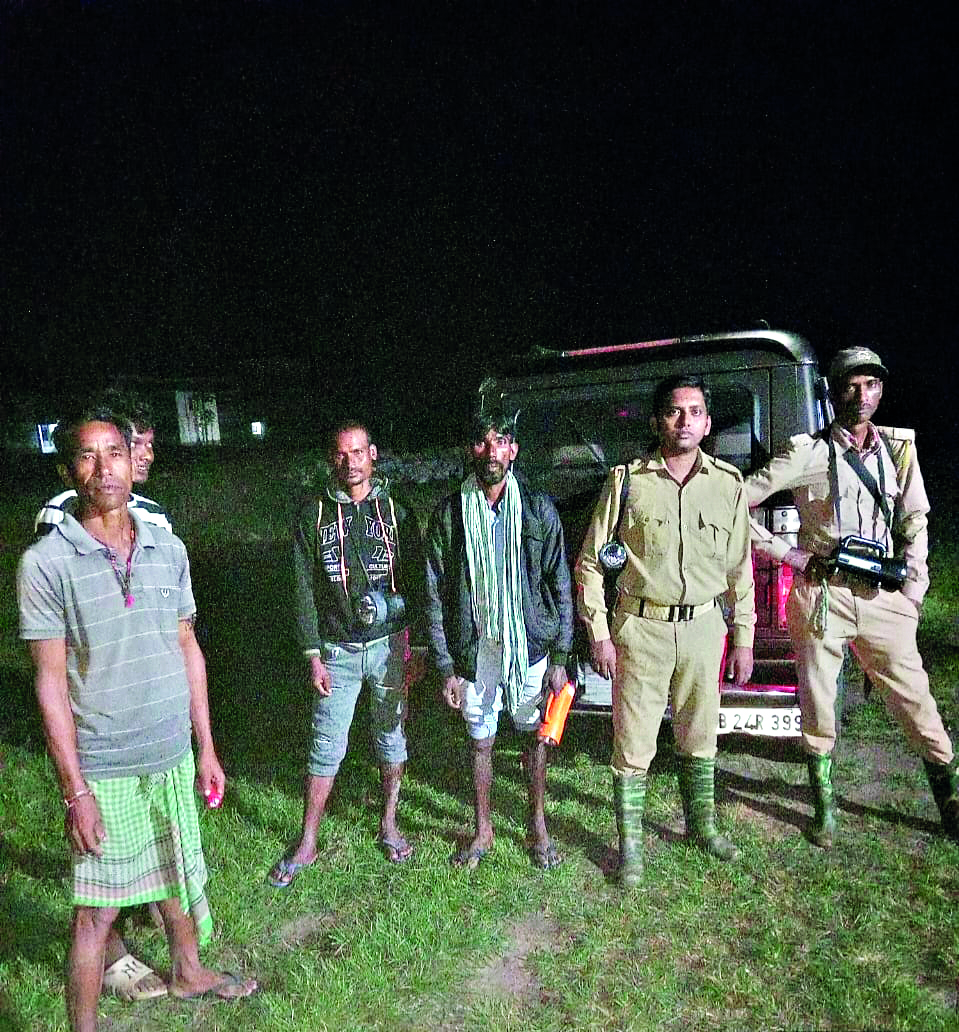Jalpaiguri Forest dept launches initiative to manage human-wildlife conflict

Jalpaiguri: Human-wildlife conflict, particularly involving elephants and leopards, is on the rise in Jalpaiguri, prompting the Forest department to launch a new initiative aimed at mitigating these confrontations. The community-based human-elephant conflict management model has been introduced to address the increasing danger to both humans and wildlife.
This model creates a team comprising local residents and Forest department staff under the Joint Forest Management Committee (JFMC). Equipped with vehicles and firearms, the team is trained to respond swiftly to wildlife incursions. The initiative is currently operational in three areas within the Gorumara Wildlife Division of Jalpaiguri district.
Previously, when elephants or other wild animals entered human settlements, the Quick Response Teams (QRTs) and Rapid Response Teams (RRTs) were deployed to handle the situation. However, delays in reaching affected areas have often led to loss of life and property.
The newly-formed teams aim to provide an immediate response while waiting for the official wildlife squads to arrive.
According to the Forest department, wildlife attacks in Jalpaiguri have led to an average of two to three deaths per month over the last six months. While elephants are the primary concern, leopards have also caused fatalities. By involving local communities in the management of these conflicts, the department hopes to reduce both the frequency and severity of such incidents.
Dwijaa Pratim Sen, Divisional Forest Officer of the Gorumara Wildlife Division, explained the reasoning behind the initiative: “Although we have QRTs and RRTs, they alone cannot handle the rising number of incidents. This new team, formed under the JFMC, is designed to fill that gap. The government provides substantial funding to these committees each year and now a portion of that is being used for this initiative.
The teams include local residents, a forest worker and are equipped with vehicles and firearms. Each member has received proper training to handle these situations.” The initiative is already in place in Hajipara, Dangapara, Nikhil Para. The Forest department believes this community-driven approach will significantly improve safety and reduce human-wildlife conflicts.



